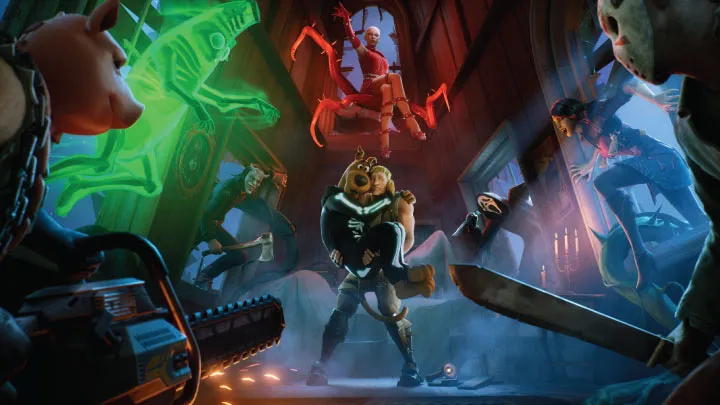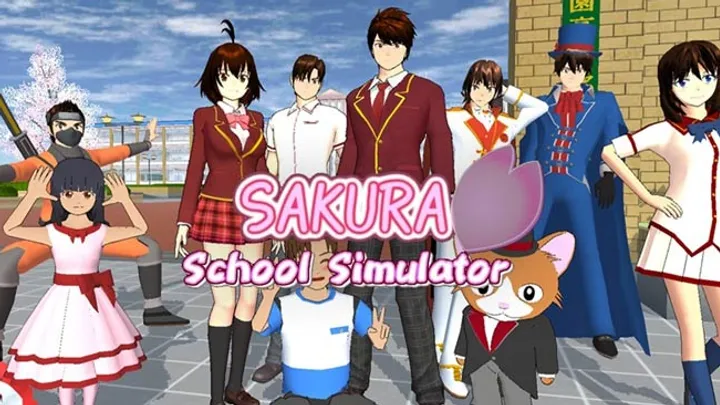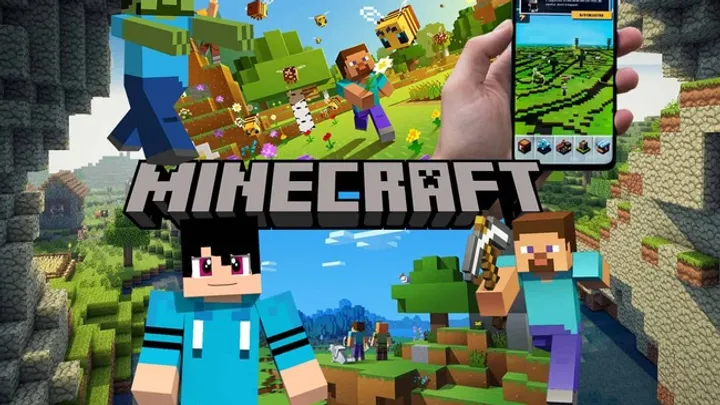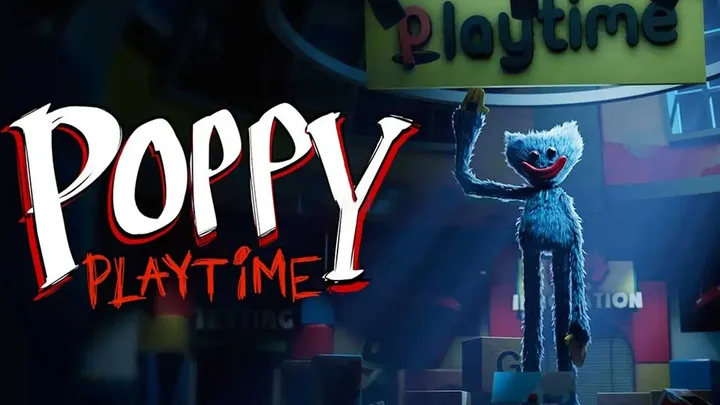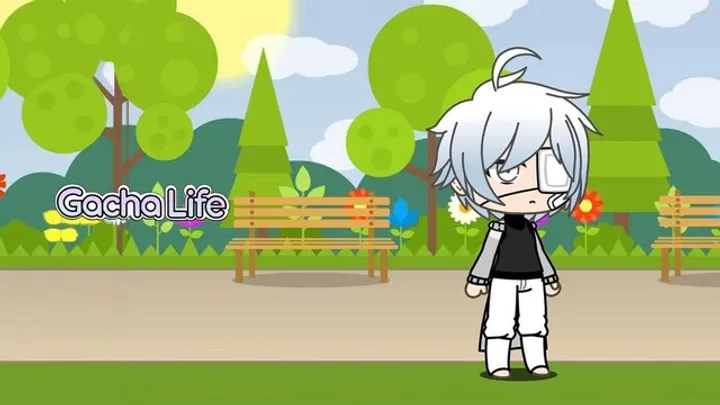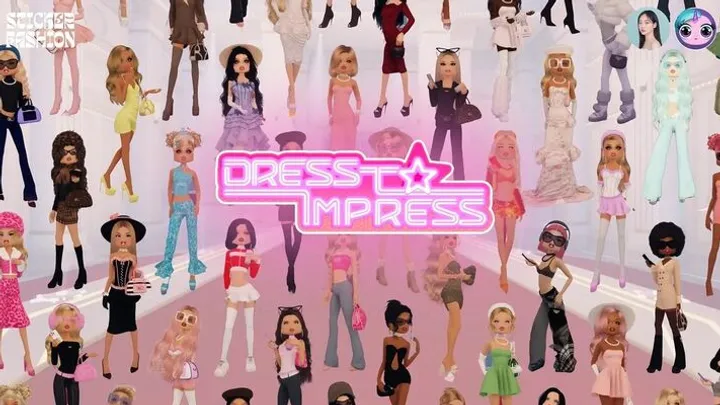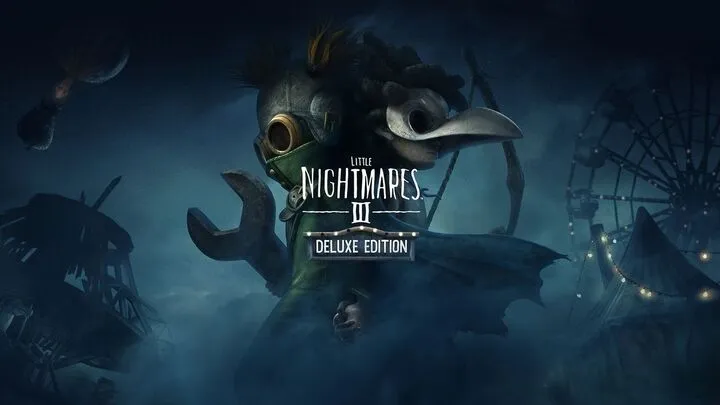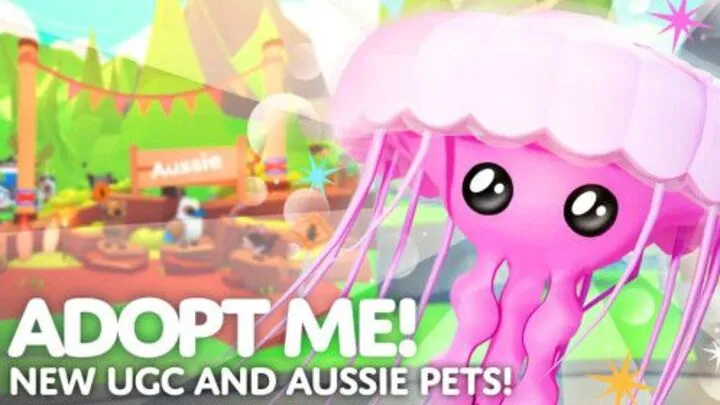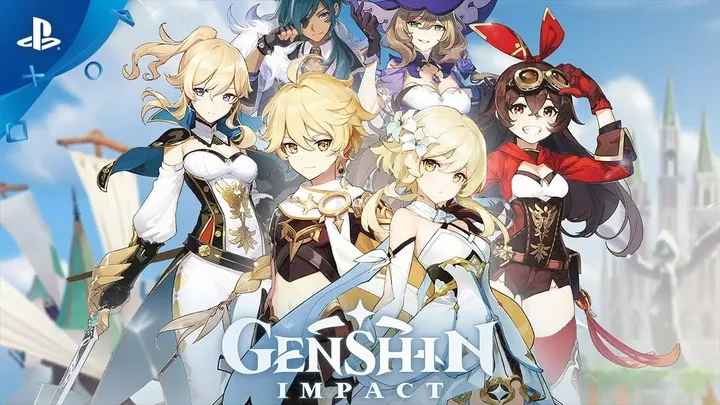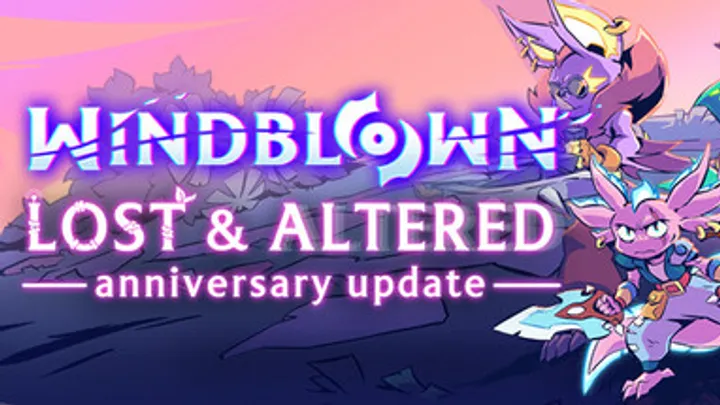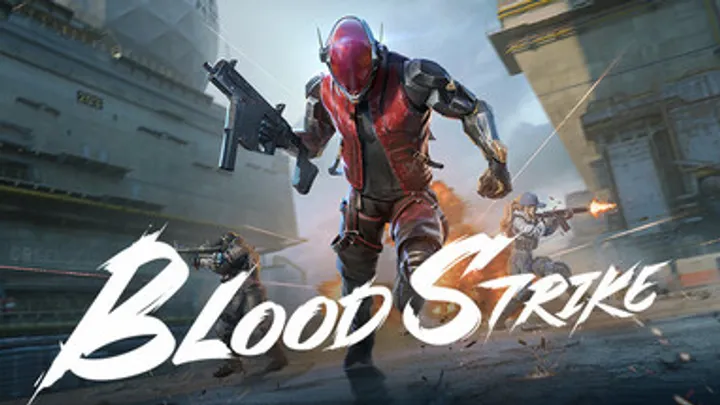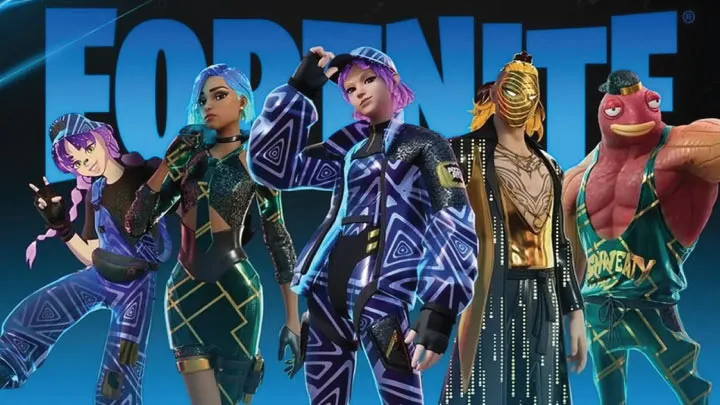
Fortnite, developed by Epic Games, has transcended the realm of video games to become a cultural phenomenon since its release in 2017. With its vibrant graphics, unique building mechanics, and ever-evolving content, Fortnite has captured the hearts of millions. However, one of the most compelling aspects of Fortnite is its competitive scene, which has undergone significant transformation over the years. This article delves into the evolution of competitive play in Fortnite, exploring its impact on community dynamics, player engagement, and the broader implications for the gaming industry.
The Rise of Competitive Fortnite
Early Days of Competitive Play
Fortnite’s competitive scene began to take shape shortly after its launch. Initially, the game was primarily known for its casual play and unique blend of shooting and building mechanics. However, the introduction of game modes like Solo, Duos, and Squads allowed players to compete in a structured environment, paving the way for competitive play.
Epic Games recognized the potential for competitive gaming early on and began hosting events, such as the Fortnite Summer Skirmish in 2018. These tournaments offered substantial cash prizes, attracting skilled players and streamers alike. The early success of these events laid the groundwork for a vibrant competitive community, igniting a passion for competitive play among players.
The Fortnite World Cup
The competitive scene reached new heights with the announcement of the Fortnite World Cup in 2019. This event showcased the best players from around the world and offered a staggering $30 million prize pool. The World Cup was not only a celebration of skill but also a testament to Fortnite’s global reach and the dedication of its community.
The World Cup featured various formats, including solo and duo competitions, allowing players to showcase their talents in different settings. The event attracted millions of viewers, both online and in-person, highlighting the growing importance of esports in the gaming landscape.
Competitive Formats: From Casual to Esports
Diverse Game Modes
Fortnite's competitive formats are a key factor in its appeal to players. The game features a range of modes designed to cater to different playstyles and skill levels. From casual matches to highly competitive tournaments, Fortnite provides opportunities for players of all backgrounds.
The introduction of Arena mode allowed players to compete in a ranked environment, earning points based on their performance. This competitive structure encouraged players to hone their skills and climb the ranks, fostering a sense of achievement and progression.
Tournaments and Events
Epic Games has continually hosted a variety of tournaments and events, both online and offline. Events like the Fortnite Champion Series (FNCS) and community-driven competitions keep the competitive scene vibrant and engaging. These tournaments often feature unique challenges, adding variety to the competitive landscape.
The regularity of tournaments allows players to stay engaged within the competitive community. Players can participate in multiple events throughout the year, creating a sense of excitement and anticipation as they prepare for upcoming challenges.
The Role of Content Creators and Streamers
Community Engagement
Content creators and streamers have played a pivotal role in shaping the competitive landscape of Fortnite. Popular streamers like Ninja, Tfue, and Bugha have not only showcased their skills but also fostered a sense of community among players. Their streams provide entertainment, tips, and insights into competitive play, attracting large audiences and encouraging viewer participation.
These creators often engage with their audiences through live chats and social media, enhancing the sense of community surrounding Fortnite. By sharing their experiences and strategies, they empower aspiring players to improve their skills and pursue competitive play.
Sponsorships and Partnerships
The influence of content creators has also attracted sponsorships and partnerships within the competitive scene. Brands recognize the potential for exposure through popular streamers, leading to collaborations that elevate the visibility of Fortnite competitions.
These partnerships can provide additional resources for tournaments, including prize pools, promotional materials, and player support. The synergy between content creators and brands has become a significant aspect of the competitive landscape, contributing to the growth of Fortnite esports.
Skill Development: Building and Combat Mechanics
The Importance of Building
One of Fortnite's defining features is its building mechanics, which set it apart from other battle royale games. Mastering building is essential for competitive success, as players must create structures for defense, mobility, and strategic positioning. The ability to build quickly and efficiently can often determine the outcome of a match.
Players invest significant time into practicing their building skills, utilizing creative mode to experiment with different techniques. This focus on building has led to the emergence of advanced strategies, such as 90s and turtling, which showcase players' creativity and technical proficiency.
Combat Skills and Strategy
In addition to building, combat skills are crucial for success in Fortnite’s competitive scene. Players must master weapon mechanics, understand the strengths and weaknesses of different loadouts, and develop effective strategies for engaging opponents. The balance between building and shooting creates a dynamic gameplay experience that requires constant adaptation.
Competitive players often analyze their gameplay to identify areas for improvement, focusing on elements like aim, positioning, and game sense. This dedication to skill development fosters a culture of continuous improvement, where players strive to elevate their gameplay to new heights.
The Influence of Game Updates and Meta Changes
Adapting to New Content
Fortnite is known for its frequent updates, introducing new weapons, items, and gameplay mechanics. These updates can significantly impact the competitive landscape, as players must adapt to changes in the meta.
For example, the introduction of new weapons can alter the strategies players employ, requiring them to reassess their loadouts and tactics. The constant evolution of the game keeps the competitive scene fresh, challenging players to stay ahead of the curve.
Balancing and Adjustments
Epic Games actively engages with the community to balance the game, addressing issues related to weapon effectiveness, building mechanics, and overall gameplay dynamics. Regular patches and updates aim to create a fair and competitive environment, ensuring that no single strategy dominates the meta.
This commitment to balance fosters trust within the community, as players feel their concerns are heard and addressed. The ongoing dialogue between developers and players strengthens the competitive scene, reinforcing the idea that Fortnite is a living, evolving game.
The Community and Cultural Impact
Fortnite as a Cultural Phenomenon
Fortnite's impact extends beyond gaming; it has become a cultural phenomenon that has influenced music, fashion, and entertainment. Collaborations with artists like Travis Scott and Marshmello have brought unique in-game events that merge gaming with mainstream culture, attracting a diverse audience.
These events not only showcase Fortnite's creative potential but also highlight its ability to engage players on multiple levels. The cultural relevance of Fortnite has solidified its place in the gaming landscape, making it a focal point for discussions about the future of interactive entertainment.
Social Interaction and Community Building
Fortnite provides a platform for social interaction, allowing players to connect with friends and strangers alike. The game’s emphasis on teamwork and collaboration fosters a sense of camaraderie among players, contributing to the development of friendships and communities.
The ability to communicate in-game through voice chat and emotes enhances social engagement, making Fortnite a space for players to share experiences and celebrate achievements. This social aspect has become a defining characteristic of the game, enriching the overall experience for players.
Challenges Faced by Competitive Players
The Pressure of Performance
As the competitive scene has evolved, so too have the pressures faced by players. High-stakes tournaments and the pursuit of professional status can create significant stress, leading to burnout and mental health challenges.
Players often feel the weight of expectations, whether from fans, sponsors, or themselves. This pressure can impact performance and enjoyment, highlighting the need for balance between competitiveness and personal well-being.
The Importance of Mental Resilience
To succeed in the competitive landscape, players must cultivate mental resilience. This includes managing stress, coping with setbacks, and maintaining a positive mindset. Many competitive players emphasize the importance of mental health, advocating for practices that support emotional well-being.
Coaching and mentorship programs have emerged to help players develop both their skills and their mental resilience. These initiatives aim to provide support not only for skill development but also for navigating the challenges of competitive play.
The Future of Competitive Fortnite
Evolving Esports Landscape
As Fortnite continues to grow, its place in the esports landscape will likely evolve. The game has already established itself as a staple in competitive gaming, but the future holds potential for new formats, partnerships, and innovations.
Epic Games has consistently demonstrated a commitment to fostering the competitive scene, and this dedication will likely lead to continued growth and development. The integration of new technologies, such as virtual reality and augmented reality, could further enhance the competitive experience.
The Role of Community Feedback
The future of competitive Fortnite will also depend on community feedback. Players and fans play an essential role in shaping the direction of the game, and their voices will influence decisions made by Epic Games.
Engaging with the community through surveys, forums, and social media can help developers understand player preferences and concerns. This ongoing dialogue will be crucial for maintaining a healthy and vibrant competitive scene.
Conclusion
The evolution of competitive play in Fortnite has transformed it into a dynamic and engaging experience for players. From the early days of casual competition to the high-stakes tournaments of today, Fortnite has continually adapted to meet the needs of its community.
